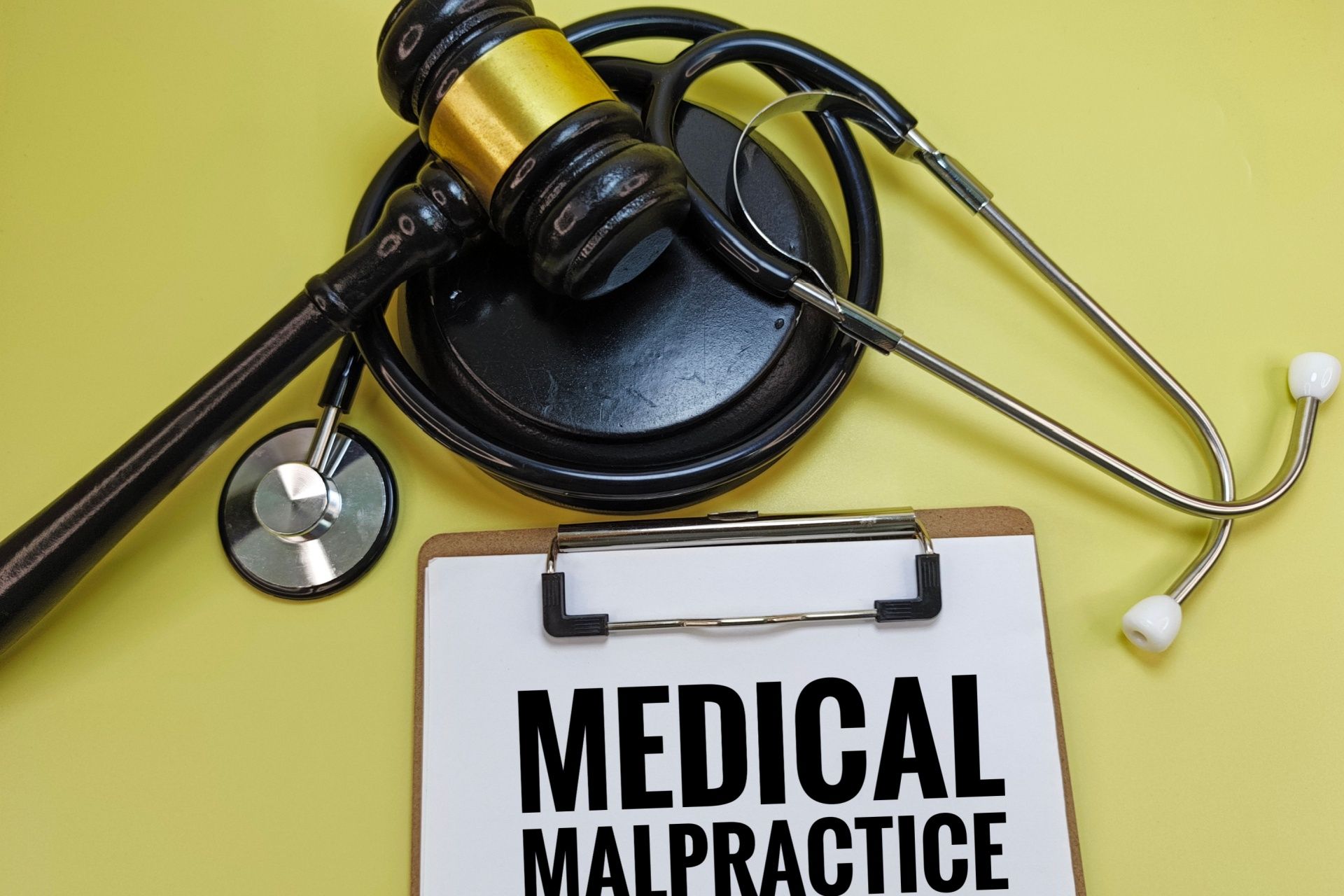Earnest and Linda Adams v. New York State Thruway Authority

Case Name
Earnest and Linda Adams v. New York State Thruway Authority
Type of Injury
PERONEAL NERVE INJURY RESULTING IN FOOT DROP
Occupation
truck driver
Location
Manhattan, NY
Verdict
$2,164,778 (prior to adjustment for Article 50-b) to two principal Clmts.; $25,000 to spouse for loss of services.
Verdict Amount
$2,164,778.00
Case Details
XI/15-26 DAMAGES TRIAL PERONEAL NERVE INJURY RESULTING IN FOOT DROP 45-YEAR-OLD TRUCK DRIVER DISABLED FROM ANY EMPLOYMENT
Earnest and Linda Adams v. New York State Thruway Authority Claim No. 77505 28-Page Decision Filed 9/8/93 Judge Albert A. Blinder, Court of Claims, Manhattan
DECISION: $2,164,778 (prior to adjustment for Article 50-b) to two principal Clmts.; $25,000 to spouse for loss of services. Breakdown: $450, 000 for past pain and suffering; $200,000 for future pain and suffering; $ 22,378 for medical expenses; $273,752 for past lost earnings; $1,218,648 for future lost earnings.
Clmt. Atty: Stanley M. Gewanter of Horenstein, Josepher & Gewanter, Manhattan
Deft. Atty: Richard L. Magro of Mead, Dore & Vout?, White Plains
Facts: This was a damages-only trial arising from an accident that occurred on the New York State Thruway. Deft. was found 100% negligent in the liability portion of this action which was previously determined in a decision filed 6/6/91. See, The New York Jury Verdict Reporter, Volume IX, Issue 2, Case 18.
On 9/25/86, Clmt., then age 45, was driving a tractor-trailer, which skidded out of control after coming into contact with a fuel spill on the roadway.
Injuries: foot drop resulting from peroneal nerve palsy; L5-S1 radiculopathy. A police officer assigned to the Emergency Medical Services unit testified that when the unit arrived at the scene at about 4: 15 AM, they found Clmt. pinned from the chest down by sheet metal from the cab of the truck. He testified that Clmt. was found “`hanging by his legs’ . . . in a precarious position.” Decision at p. 3. He described Clmt. as hysterical as he attempted to wriggle himself out from under the steel that was pinning him into the cab. The odor of diesel fuel made Clmt. and the officer fear fire, and this fear caused Clmt. to tell the officer to amputate his legs if that was necessary to get him out of the wreckage. He was finally extricated about 4 hours later by the “jaws of life.” He was taken to a hospital emergency room where he was found to have multiple contusions, peroneal nerve deficit in his right lower leg, and right anterior tibial compartment syndrome. He had no fractures. In the emergency room an anterior tibial compartment fasciotomy was performed . This procedure was designed to relieve pressure caused by bleeding into the muscle and fascia in the lower leg. A neurologist who examined Clmt. about 1 hour after the operation noticed that there was evidence of dysfunction of both the posterior tibial nerve of the right leg and the branch of the peroneal nerve.
Clmt. was discharged from the hospital about 10 days after the accident. After initially being treated as an out-patient, he was admitted to Helen Fuld Medical Center in Trenton, New Jersey for skin grafting and physical therapy. He came under the care of a physiatrist in November 1986, who testified that Clmt.’s injury to his deep peroneal nerve affected both motor and sensory functions. He testified that an EMG performed in November 1986 showed acute denervation potential of the tibialis anterior muscles and confirmed a deep peroneal nerve injury. Additionally, she found L5-S1 radiculopathy. Another EMG performed immediately prior to trial showed “mild improvement of the deep peroneal nerve palsy and no improvement in the lower back radiculopathy, which she [ the treating physiatrist] described as `chronic.’” Decision at p. 6. She testified that the injury resulted in a partial foot drop, and estimated that Clmt. had 30-40% of normal muscle strength in the lower right leg and foot with respect to motor functions. She also testified that Clmt. had not regained sensory functions in the damaged nerve. She testified that Clmt. could no longer return to his job as a truck driver, however, because he no longer had full control of his right foot, and his sensory deficit would prevent him from appreciating how hard he was pushing on the gas or brake pedals. On cross-examination, she conceded that the condition has improved between 1986 and 1992.
A neuropsychiatrist testified on Clmt.’s behalf that “claimant had a positive `Lasegue’s sign of sciatica radiculitis.’” Decision at p. 8. He also diagnosed a neurosis consisting of fears of falling, which had become generalized fears of ambulation of any type. He noted that Clmt. walked with a “`pendulum effect,’ swinging his right leg forward and landing on his heel in an attempt to compensate for the inability to raise the foot and to avoid stumbling over the dropped foot.” Decision at p. 9. Deft.’s neurologist testified that although he noted reduced sensory function of the nerve, Clmt. had intact motor functions.
Clmt., raised in a rural area of Mississippi, had no more than a ninth-grade education. An expert in rehabilitation counseling testified that Clmt. was unable to work as a tractor-trailer driver, that he was functionally illiterate, and that he had no skills that were transferable to other fields of work. Clmt. earned $29,200 in the last full calendar year prior to his accident, and had earned $28,500 by the date of the accident, which prorated to annual earnings of $38,742 for 1986. An economist estimated Clmt.’s past lost earnings and fringe benefits, minus expenses, amounted to $273,752. The economist estimated his future net losses at $904,152. These were flat projections, assuming no increase in wages over the future . The economist calculated his future damages with assumptions of 4% and 5% annual increases. The 4% annual increase, the one adopted by the court as the most reasonable, resulted in a projected future loss of $1,218,648. The court accepted these amounts in reaching its damages verdict. The court also awarded $450,000 in past and future pain and suffering, and $22, 378 in medical expenses. Clmt. Experts: Dr. Kaniza Banglawala, treating physiatrist; Dr. Richard D. Rubin, neuropsychiatrist; Edmond Provder, vocational rehabilitation, Manhattan; Dr. Conrad Berenson, Ph.D., economist, Woodbury. Deft. Expert: Dr. Michael I. Weintraub, neurologist, Briarcliff Manor.
Disclaimer: The information on this website and blog is for general informational purposes only and is not professional advice. We make no guarantees of accuracy or completeness. We disclaim all liability for errors, omissions, or reliance on this content. Always consult a qualified professional for specific guidance.








